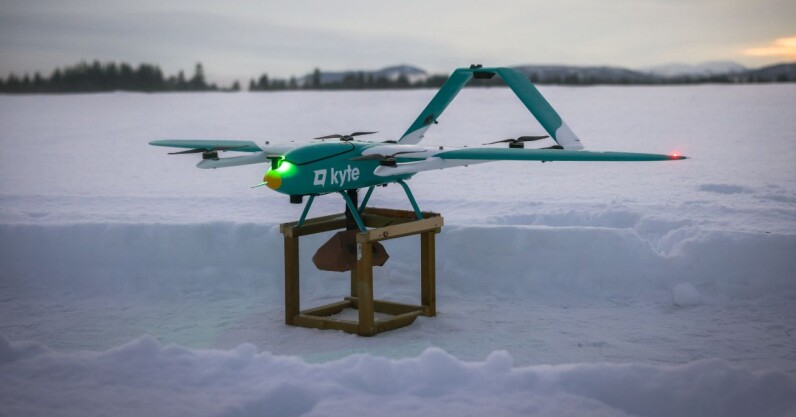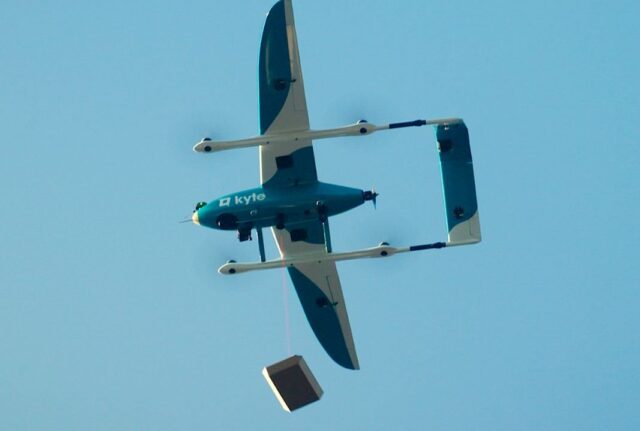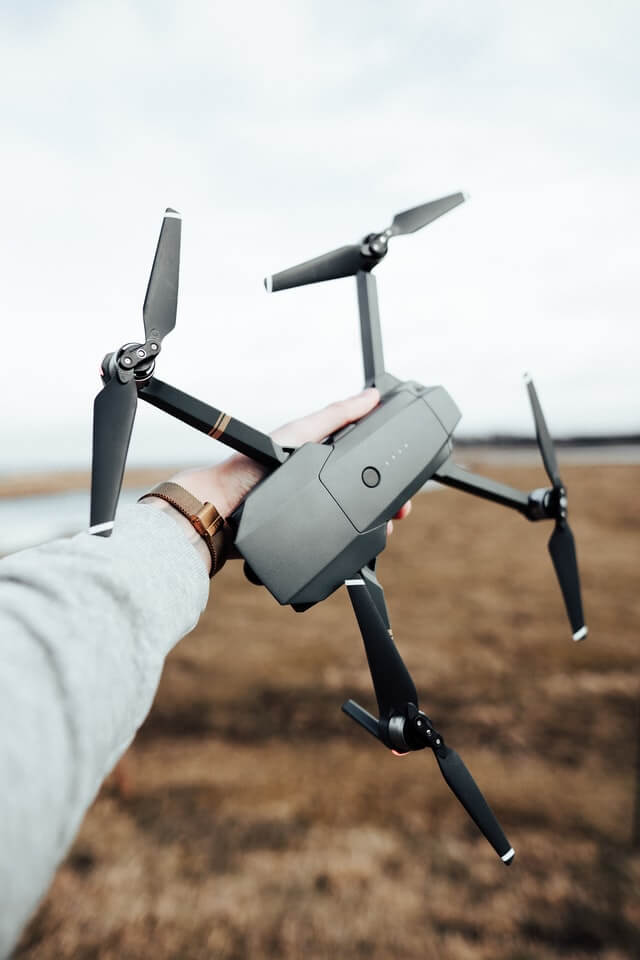Aviant’s launch of an unmanned drone delivery service in Germany is another significant milestone in bringing even more affordable and eco-friendly delivery of products to the fore. This startup provides direct-to-door deliveries within a 17km rural area. Therefore, it is opening a new logistical model that can be applied to these secluded communities’ resource limitations and environmental issues, as you can watch on the video below:
This team’s innovative approach of combining drone technology and the goal to improve the welfare of people in remote areas who typically miss the essential services we enjoy is their vision. If the system is proven correct, it will serve as a model for other drone delivery networks to blossom widely and bring relief to the unconnected. Through the harsh weather encountered in Norway, Aviant pushed the stability of its drones and services to their limits.
This nation’s unique subzero temps, high winds, and unpredictable storms make it one of the most challenging testing grounds for autonomous vehicle technology. Therefore, the current trial flights that transport medical supplies and consumer goods show the capability of Kyte drones to put up with harsh weather.
When the Lillehammer deployment works systematically during the first year, even under challenging scenarios, such a case will show that the technology is advanced enough for use in field tests beyond the pilot operations. This could be the missing element for winning the regulators and removing privacy barriers, which, in turn, would provide Aviant with an opportunity to grow in Norway and, perhaps, globally.
Aviant considers the set of electric drones in their presence 95% less pollutant than the vehicles. So, a new level of social and accessible logistics can be set. The delivery model cuts the travel distance and does away with fleets tied to any roads. Aviant’s work, perfecting drone deliveries for mass-scale applications, could transform different industries from healthcare to retail, thus improving rural areas with fewer available services due to decentralized populations. The project’s success in Norway can serve as a model for policymakers worldwide, who then could support similar experiments dealing with the problem of accessibility and environment through the adoption of novel drone integration into daily routines.
The World’s Largest Autonomous Drone Delivery Network
The operation started in Lillehammer, covering an area of 17km. It made Aviant the largest autonomous drone network in the world. This fosters the people who do not have the opportunity to get the shops and services as the town is too large with many barriers. Based on their Kyte drones, which perform far better and more precisely than traditional vehicles, the company can reach even the customers that traditional cars might not be able to reach as deeply and cost-effectively.

The drones have a 30 km range and fly at 161km/h, so different types of goods are accessible at doorsteps within 24 minutes through the app interface in a few clicks. Earlier on, the company targeted medical transport. Still, it overcame it through a successful pilot where it brought home food and groceries in Trondheim, which allowed it to scale up into general consumer deliveries.
The Kyte drone has been designed to withstand the harsh -50° C cold of Norway and high winds through a lightweight yet robust design. It can also supply a maximum of 2kg of cargo, and people can choose products from many selections in the app. To play to expectations of high and green delivery in a global world where distance should be irrelevant, this model strives to find fast and environmentally friendly solutions.
Based on user feedback, Aviant modified the process to improve safety elements, such as automatically releasing the parachute. Autonomous drones provide an eco-friendlier solution for air transport than transport vehicles, reducing carbon emissions by 95% compared to electric cars. This launch in Lillehammer, Norway, will be the largest demonstration so far that drone delivery can make a sustainable change in medium and long-term delivery to isolated communities globally. Having already raised over €3 million in seed funding in 2020, the startup is now making strides to scale its services upwards across Norway and beyond.
Aviant’s autonomous drone delivery network in Norway points to how emerging technology helps solve essential points of accessibility and sustainability. The services of these groups to the community specifically and the challenge of getting critical goods and services to those living in remote areas are desired. This is due to long travel distances and unreliable transportation options.
In addition to using the latest drones to deliver their products directly to customers’ doorsteps, the company demonstrates that this technology can overcome geographical barriers and enhance the lives of communities that traditional delivery methods have historically struggled to serve. Drones as a delivery method promise a view of the future where these demands can be met sustainably, even in the world’s most remote corners.

The on-demand model adopted by Aviant is a basis for drone networks bringing these isolated regions worldwide together sustainably. With significant reductions in emissions compared to road transport vehicles, aerial robotics has proved its capability to shape logistics and transportation at an urban scale and a rural scale in a low-carbon fashion. Lillehammer, which withstands the worst weather in the world, will offer the ground for the first-ever full-scale trial for aircraft.
This is where the integrity of the technology comes in because if it can be shown to perform as expected even in dangerous situations, then progress can be made towards the general acceptance of drones worldwide. Implementing the system in Norway could also show the way for similar networks to start operations worldwide. The project is likely to be the most significant autonomous drone delivery project in history and to be replicated by other individuals, thereby enabling remote populations, which will be a step forward towards a better life for them.
The fact that the company keeps walking miles on this growth path, attracting more investors and penetrating more territories, suggests that the Norwegians are now adapting to the new form of transport. As long as consumers and investors continue to propel the venture with favorable winds, aerial robots may set their course toward streamlining logistics and improving all access.



